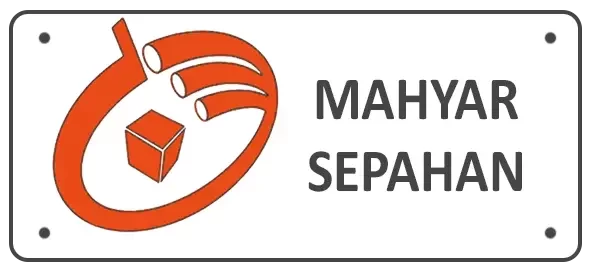At night in the city, a lighting pole is more than just a structure — it is the invisible guardian of safety and the guide of pathways. Choosing the right type of pole, adhering to lighting pole standards, and managing proper maintenance can mean the difference between a sustainable project and recurring repair costs.
This article from Mahyar Sepahan, with a focus on key terms such as metal lighting poles, concrete lighting poles, and earthquake-resistant lighting poles, takes you deep into the world of these vital structures.
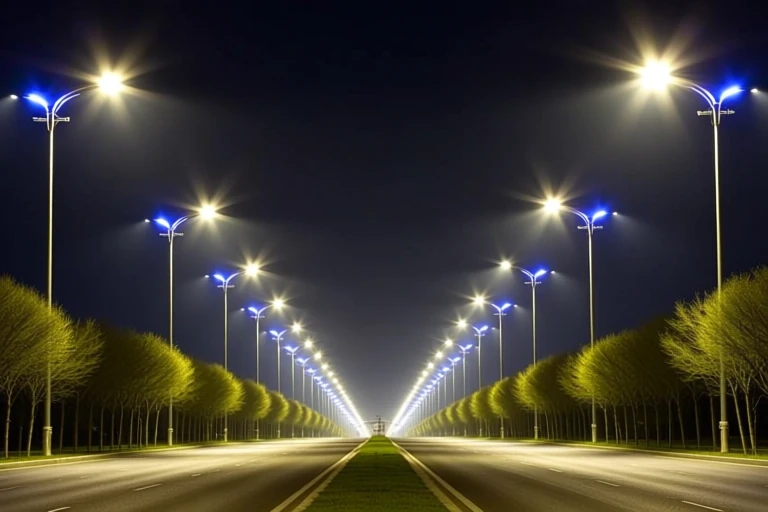
1. Understanding Lighting Pole Types: From Steel to Concrete and Composite
Content list
Metal Poles (Steel / Aluminum)
Advantages: High tensile strength, design flexibility, can be manufactured with hot-dip galvanization for corrosion resistance.
Applications: The most common type in urban streets, highways, parks, and stadiums.
Variants: Conical, octagonal, cylindrical with variable thickness.
Concrete Poles
Advantages: Excellent compressive strength, low maintenance cost, long service life (30+ years).
Disadvantages: Very heavy (higher transport & installation cost), brittle against impact, limited design flexibility.
Applications: Coastal and highly humid areas (no rust concerns).
Composite Poles (FRP)
Advantages: Lightweight, corrosion-resistant, electrically insulated.
Challenges: Higher production cost, UV sensitivity (requires special coating).
💡 Mahyar Sepahan Note: For earthquake-prone areas, seismic-resistant poles are often made of steel with flexible design and special joints to absorb seismic energy.
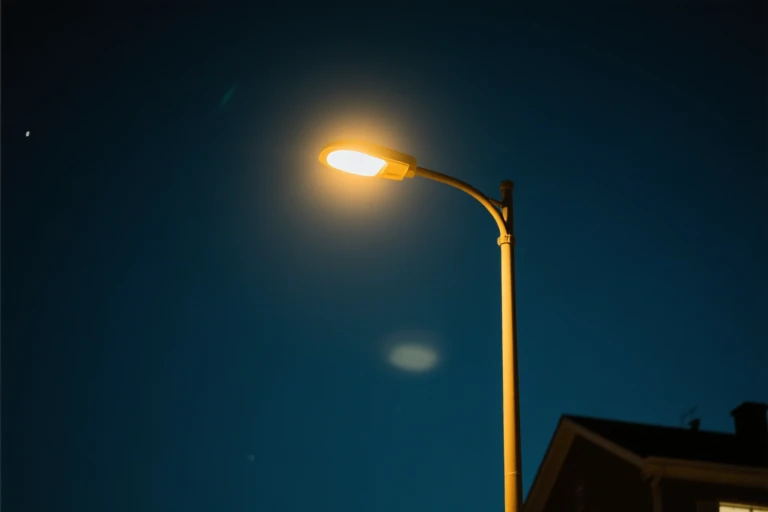
2. Lighting Pole Standards: A Framework for Safety and Durability
National and International Standards
Iran: ISIRI 2864 (technical specifications for steel lighting poles).
Global: IEC 60598 (luminaire safety), EN 40 (European pole standard).
Wind Resistance
Calculations based on maximum regional wind speed (e.g., 120 km/h in windy areas).
Tests: wind tunnel simulation, finite element analysis (FEA).
Key factor: Aerodynamic coefficient (conical poles perform best).
3. Lighting Poles and Road Safety: An Inseparable Link
Lighting poles directly improve road safety by:
Reducing nighttime accidents through uniform, shadow-free lighting.
Preventing glare with controlled light distribution angles.
Using proper brackets to avoid collisions with tall vehicles.
Case Study: In the mountainous roads of Mazandaran province, installing 12 m poles with 2 m brackets reduced nighttime accidents by 35%.
4. Protective Coatings: The Defensive Shield
Hot-Dip Galvanizing:
Standard thickness: 80–120 microns.
Provides 20–30 years of protection, even in industrial or coastal zones.
Electrostatic Powder Coating:
Enhances aesthetics and adds UV/scratch resistance.
Used as a complement over galvanization.
Modern Systems:
Duplex systems (galvanization + epoxy paint).
5. Preventive Maintenance: An Investment in Longevity
Regular measures include:
Annual Inspections: Cracks, corrosion, or deformation.
Coating Thickness Tests: Ultrasonic gauge for galvanization.
Base Cleaning: Preventing salt/moisture accumulation.
Electrical Connection Checks: Preventing short circuits or fires.
⚠️ Note: Ignoring small cracks in concrete poles may lead to sudden failure!
6. Recycling: Social Responsibility in a Circular Economy
Steel Poles: 100% recyclable into new steel (saves 75% energy).
Concrete Poles: Crushed for road subbase.
Aluminum Poles: Challenge of alloy separation for efficient recycling.
💡 Mahyar Sepahan Solution: Trade-in program for old poles with discounts on new purchases.
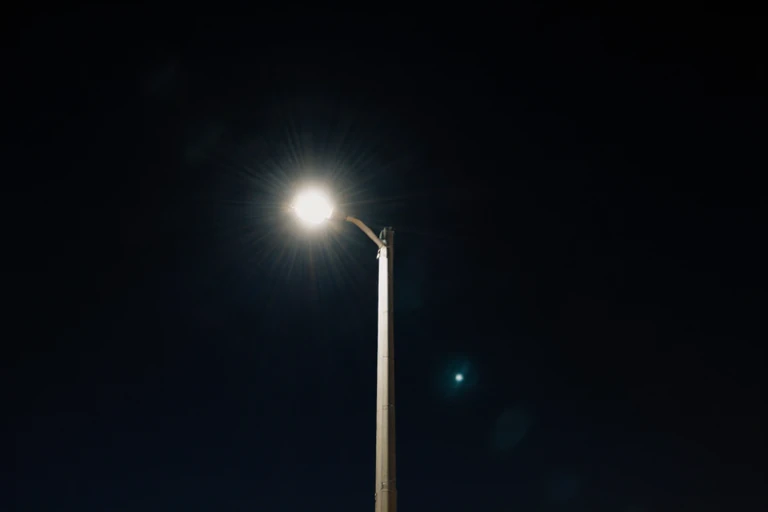
Final Note: Lighting Poles as Pillars of Safety
Choosing between metal, concrete, or seismic-resistant poles is only the beginning. Standard height, wind & earthquake resistance, and a maintenance plan are long-term investments in safety and economy.
Mahyar Sepahan bridges quality, safety, and environmental responsibility by offering:
Hot-dip galvanized steel poles (standard-compliant).
Special seismic-resistant designs.
Preventive maintenance and recycling consultancy.
A lighting pole becomes a true “pillar of safety” only when technical knowledge, standards, and maintenance form the triangle of success.
7. Common Failures of Lighting Poles
Base corrosion: Water penetration due to poor sealing (critical in concrete poles).
Weld cracks: Stress concentration in joints, especially with poor wind resistance.
Protective coating damage: Deep scratches or handling damage.
Structural bending: Vehicle collisions or uneven foundations.
Luminaire failures: Water penetration in poles with IP < 65.
💡 Mahyar Sepahan Solution: Two-layer coating (hot-dip galvanization + epoxy paint) and impact-resistant design with controlled thickness.
8. Waterproof Poles: A Lifesaver in Humid Climates
Thermal seals at joints.
Sloped caps to prevent rainwater accumulation.
Pressurized cabling with nitrogen to block humidity.
IP68 Standard: Submersible up to 1 m for 30 min.
9. Urban Lighting Design: Merging Function & Aesthetics
Functional: Standard heights (8–12 m), bracket angles for max coverage.
Safety: Impact-resistant poles, proper spacing to avoid dark zones.
Aesthetics: Curved, modern lines in historic squares, color matching with city façades.
(Example: Historic Yazd project – source: Mahyar Sepahan)
10. History of Lighting Poles
15th century: Wooden poles with torches (London).
1807: First gas poles (London).
1870: Steel replaced wood (New York).
1930: Height standardization with sodium lamps.
2020: Smart poles with motion sensors & solar panels.
11. Beyond Lighting: Multi-Purpose Poles
CCTV & license plate recognition.
Support for 5G small cells.
Environmental monitoring (air & noise).
EV charging points.
📊 68% of smart city projects in Europe use lighting poles as multi-purpose infrastructure.
12. Lighting Psychology: Colors & Impacts
Warm Yellow: Relaxation (parks, residential).
Neutral White: Focus (highways, industry).
Cool White: Visibility & safety (stadiums, bridges).
⚠️ Poor design leads to 20% higher energy use and light pollution.
13. Checklist: 7 Steps to Choose the Right Pole
Installation site: Coastal = aluminum/concrete; seismic zones = seismic-resistant steel.
Wind/Earthquake resistance: At least 120 km/h wind load.
Protective coating: 85 μm hot-dip zinc + powder coat for industrial areas.
Compliance: Valid certificates for Iran & Iraq projects.
Aesthetics: Match historic cityscapes.
Failure prevention: Impact-resistant poles in public parking lots.
Maintenance access: Easy servicing ensured.
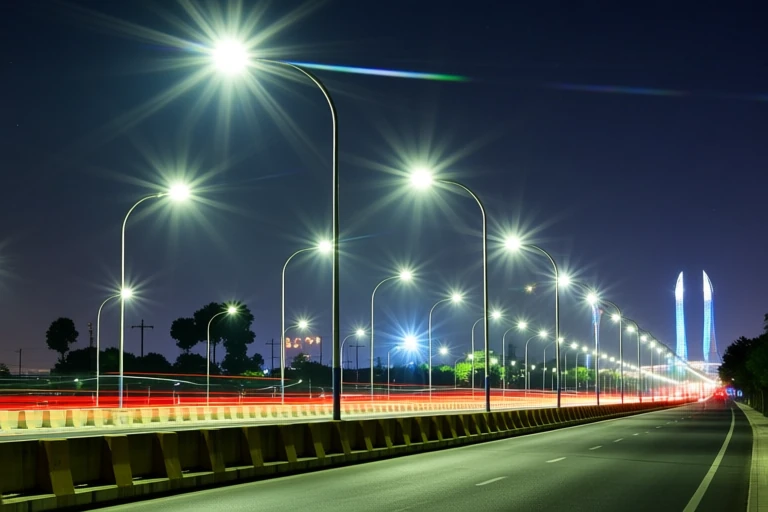
Final Conclusion: The Engineering of Light, the Art of Urban Design
From the history of lighting poles to today’s waterproof technologies, these structures are the beating heart of cities. A smart choice — considering applications, standards, and the impact of lighting on the urban environment — is an investment for future generations.
Mahyar Sepahan leads this transformation by offering:
Seismic-resistant and impact-proof poles built to the latest standards.
Custom designs enhancing the aesthetic impact of urban lighting.
Long-term warranty on hot-dip galvanized coating (depending on product type).
⚠️ Final Warning: Cheap, non-standard poles result in costly repairs and increased failures.
